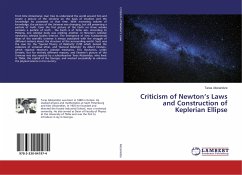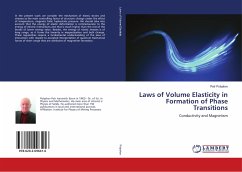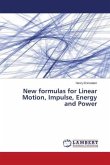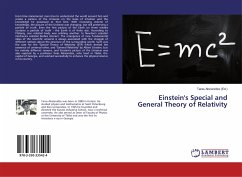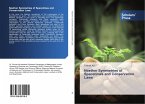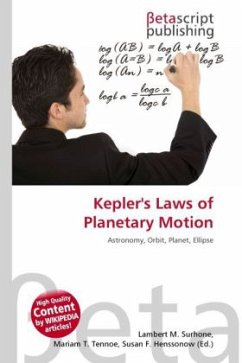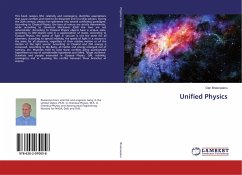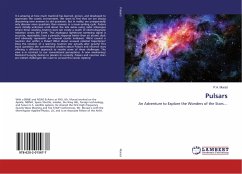From time immemorial, man tries to understand the world around him and create a picture of the Universe on the basis of intuition and the knowledge he possessed at that time. With increasing volume of knowledge, the picture of the Universe was changing, but still preserving a particle of truth. Even the first picture of the Earth on three whales contains a particle of truth - the Earth is of finite size. According to Ptolemy, one celestial body was orbiting another. In Newton's celestial mechanics celestial bodies interact. The emergence of new fundamental ideas of the scientific universe is always associated with the struggle of different notions about the structure of the surrounding world. Such was the case for the "Special Theory of Relativity" (STR) which denied the existence of universal ether, and "General Relativity" by Albert Einstein, which rejected Newton's celestial mechanics. This mechanics, unlike Einstein, but for entirely different reasons, and Einstein's picture of the Universe was also rejected by a schoolteacher Taras Abzianidze, who lived in Tbilisi, the capital of the Georgia, and worked successfully to enhance the physical science in his country.

